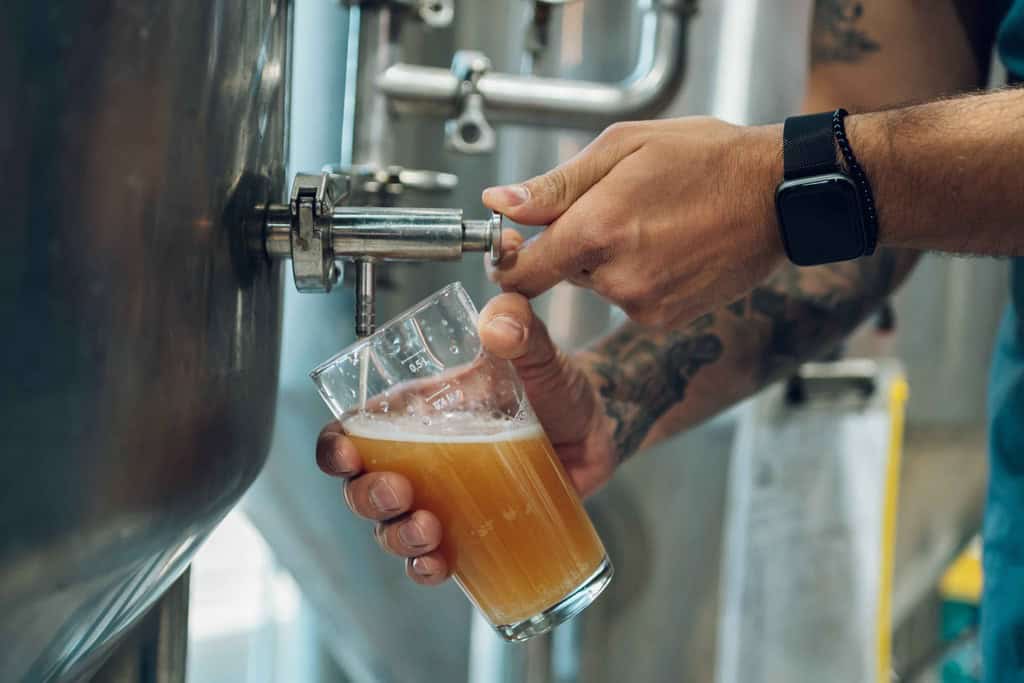Low Fence Sets a High Bar: Improving Lagers with Decreased Temperature

When Free Roam Brewing’s head brewer Jaron Shepherd signed up to use BrewIQ, he was looking to shorten his tank residency time, mainly for their best-selling lager, Low Fence. The recipe was dialed in, their customers already loved it, and Jaron was looking to shave time from each batch so that he could schedule more brews using the data he was about to collect.
Jaron began monitoring Low Fence Lager in May 2023. He had a few ideas to test out to ensure the recipe was at its best. After tinkering with some brewhouse specs, Jaron decided to change the fermentation temperature. The beer already tasted great, but he wondered if he dropped the setpoints to the lower end of what was recommended for the yeast strain, could he make it cleaner and crisper? In December 2023, he began dropping the initial temperature setpoint, as well as the free rise and lager temperatures, to understand if the beer would finish at the same terminal gravity despite the temperature differences. The data collected from BrewIQ confirmed his theory: temperature changes did not adversely affect the target final gravities. (See graph below).
In April 2024, Jaron decreased the temperature setpoints even further, and still the batches fermented out within range. But that’s not all; the team at Free Roam also noticed that Low Fence’s flavor profile improved drastically! This was due to the fact that at lower temperatures, ester production decreases, providing an extremely clean and crisp beer.
Jaron’s initial goal was to use BrewIQ data to decrease his overall tank time for Low Fence; however, he discovered that the improvements made in overall flavor and sensory experience actually justified an INCREASED tank time, while still allowing him to more efficiently schedule its production. This makes Free Roam and lager drinkers in the Boerne, Texas, area extremely happy – cheers!

Thank you!

